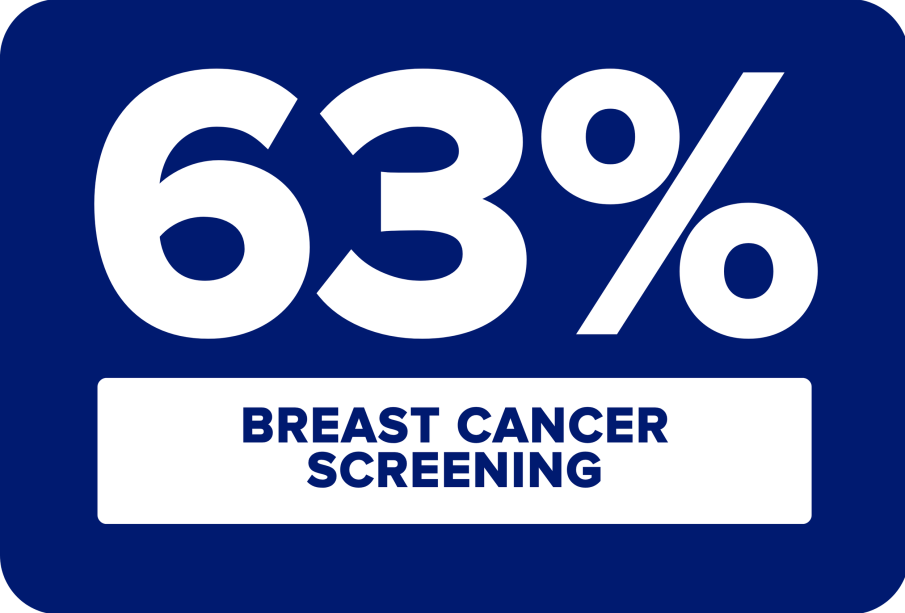The Importance of Breast Cancer Screening

Introduction
Breast cancer screening is a crucial aspect of women’s health that involves testing women for breast cancer before any signs or symptoms appear. Early detection through screening can significantly increase the chances of successful treatment and survival. With breast cancer being one of the most common cancers diagnosed globally, understanding the importance of regular screening cannot be overstated.
Current Recommendations and Statistics
According to the National Health Service (NHS), women aged 50 to 70 are invited for screening every three years. However, younger women, especially those with a family history or genetic predispositions, are encouraged to discuss their screening options with healthcare providers. Recent statistics indicate that early-stage breast cancer detected through screening has a 99% survival rate over five years, illustrating the life-saving benefits of early intervention.
Technological Advances in Screening
Advances in technology have improved the methods for breast cancer screening. Traditional mammograms are now supplemented with 3D tomosynthesis, which provides clearer images and can detect smaller tumours more accurately. Additionally, some regions are introducing AI-driven analytics to assist radiologists in identifying atypical results, further enhancing diagnostic precision.
Barriers to Screening
Despite its importance, several barriers prevent women from participating in regular breast cancer screening. These include lack of awareness, fear of potential results, and challenges related to access and logistics. Health campaigns aim to address these barriers by educating women about the risks of breast cancer and the importance of routine screening.
Conclusion
The significance of breast cancer screening extends beyond just early detection; it is about informed choices and proactive health management. As awareness grows and technology advances, the hope is that more women will take advantage of screening programs, leading to earlier diagnosis and improved survival rates. Healthcare authorities must continue to focus on eliminating barriers and promoting the vital message that screening saves lives.









